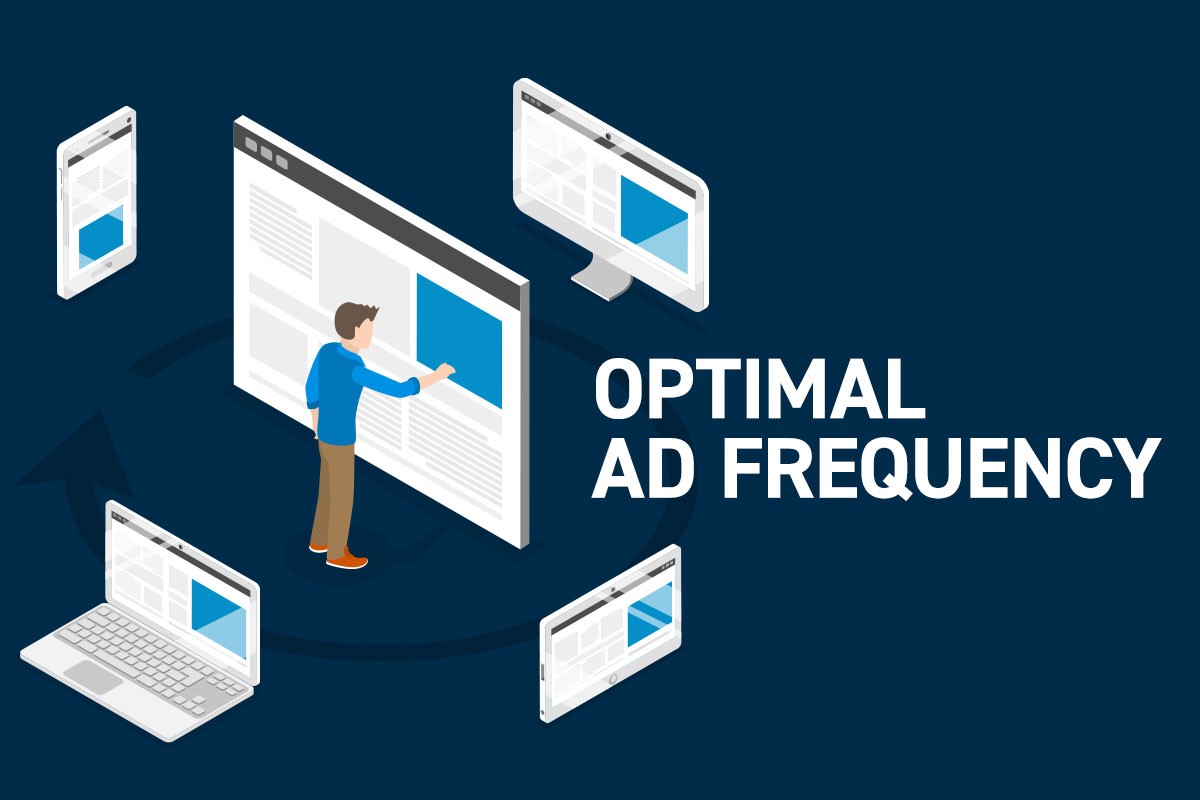At BulletinHealthcare, we offer a variety of different advertising solutions for clients in the healthcare space. The advertising platform we’re best known for is our group of more than 30 daily email news briefings, which are sent to the members of the country’s most premier medical associations and societies.
It’s a unique way to reach verified physicians. So unique that sometimes our clients aren’t sure how best to utilize our platform. We’re often asked about frequency: how often should a brand place an ad in our briefings to optimize for attitude and recall?
Across all advertising clients, last year our average insertion order included 52 ad placements, or about one ad insertion per week over the course of the year. Of course, this is an average, so some advertisers place hundreds of ads over a relatively short period of time, while others increase and decrease their frequency throughout the year.
Less frequently, clients will ask for campaigns that include an ad insertion every other week, a single ad insertion per month, or even fewer over the course of an entire year.
While we understand that each brand is employing unique creative, and has a unique market position, messaging, and marketing goals, we generally caution against such an approach – whether you’re using our platform or any other.
Why?
Advertising placed too infrequently is not likely to have the desired impact on attitude toward brand and brand recall.
The seminal study on advertising frequency, a 2015 meta-analysis published in the Journal of Advertising, found that “maximum attitude is reached at approximately ten exposures, while recall increases linearly and does not level off before the eighth exposure.”
So, one ad per month for 10 months and call it a day, right?
Not so fast. Running 1 or 2 ads per month to a BulletinHealthcare audience will require between 4 and 10 months to generate 8 to 10 impression opportunities. While our email open rates are notably high (36% gross open rate across our entire network of hundreds of thousands of US HCPs) each ad insertion will result in an impression for a large percentage of – but not all – users.

To generate 8 to 10 impressions running even 2 ads per month will take between a year and 14 months. Running a single ad per month or less will take even longer. No matter what platform you’re advertising on, that’s not frequent enough.
The study fails to address a specific time frame these 8 to 10 ad impressions should fall into, but the authors found that brand recall “seems to need continuous and massed stimulation to be effective.” If your brand stops advertising, brand recall will decline.
For arguments sake, let’s assume the 8 to 10 impressions that maximize attitude toward brand and brand recall can be stretched out over a 6-month period. To achieve 8 impressions over that time frame, an advertiser would need to run about 23 ads. That’s essentially one ad per week.
But the study authors found that “the effect of advertising repetition is stronger when the exposures to the test advertising are massed and not spaced,” meaning that 6 months is likely too long a period to stretch the 8 to 10 impressions into. Our view is that the 8 to 10 impressions need to be grouped more closely to achieve maximum impact. If an advertiser were to group their ad impressions into a 3-month period, for instance, they would run about two times per week.
Given that the authors concluded that their findings “support the repetitionists’ beliefs over the minimalists’ beliefs on the number of ad exposures needed for maximum” response, we think a strong argument could be made for aiming for 8 to 10 impressions every 3 months throughout the course of the year, meaning an advertiser should ideally be running ads more than 2 times per week all 12 months of the year.
We also understand that this approach may not make sense for every brand. For instance, many of our clients increase their advertising frequency during key times for their brand, such as an association’s annual meeting or disease awareness month, and run less frequently other times.
Ultimately, you will have to decide the approach to ad frequency that best suits your brand’s unique needs. Hopefully, this post helps as you seek to maximize the efficiency of your ad budget. And if you’re considering an ad campaign but have some specific questions, don’t hesitate to reach out to us. We work consultatively with all our clients and are happy to help you work through your advertising plan.

Director of Marketing




